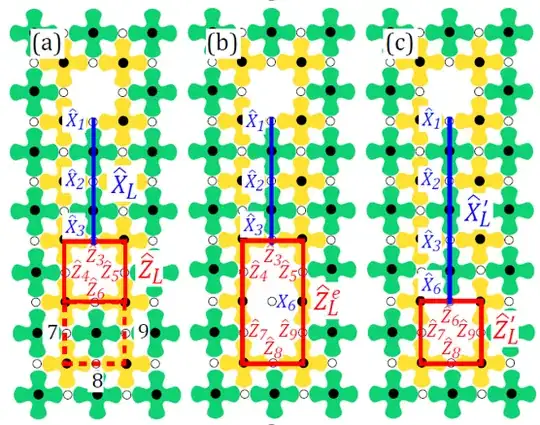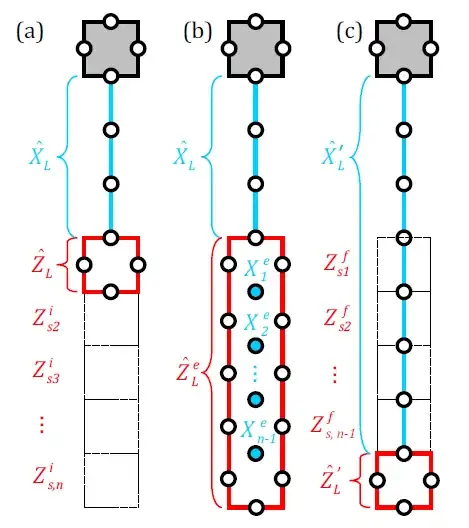A common task to perform during quantum computation on the surface code is moving qubits from one place to another. There are standard ways to do this within the surface code, but I was wondering what the actual fundamental limits are. If we forget about the fact that we're using the surface code, and just focus on the fact that we have a planar grid of noisy qubits with nearest-neighbor connections, and a fast classical computer noting measurements and generally helping out, how fast can we move quantum information across that patch?
Given an operation failure rate $\epsilon$, a patch of length L and height H, and the ability operations in parallel with some duration T, how long does it take to move N qubits from the left side of the patch to the right side of the patch?

